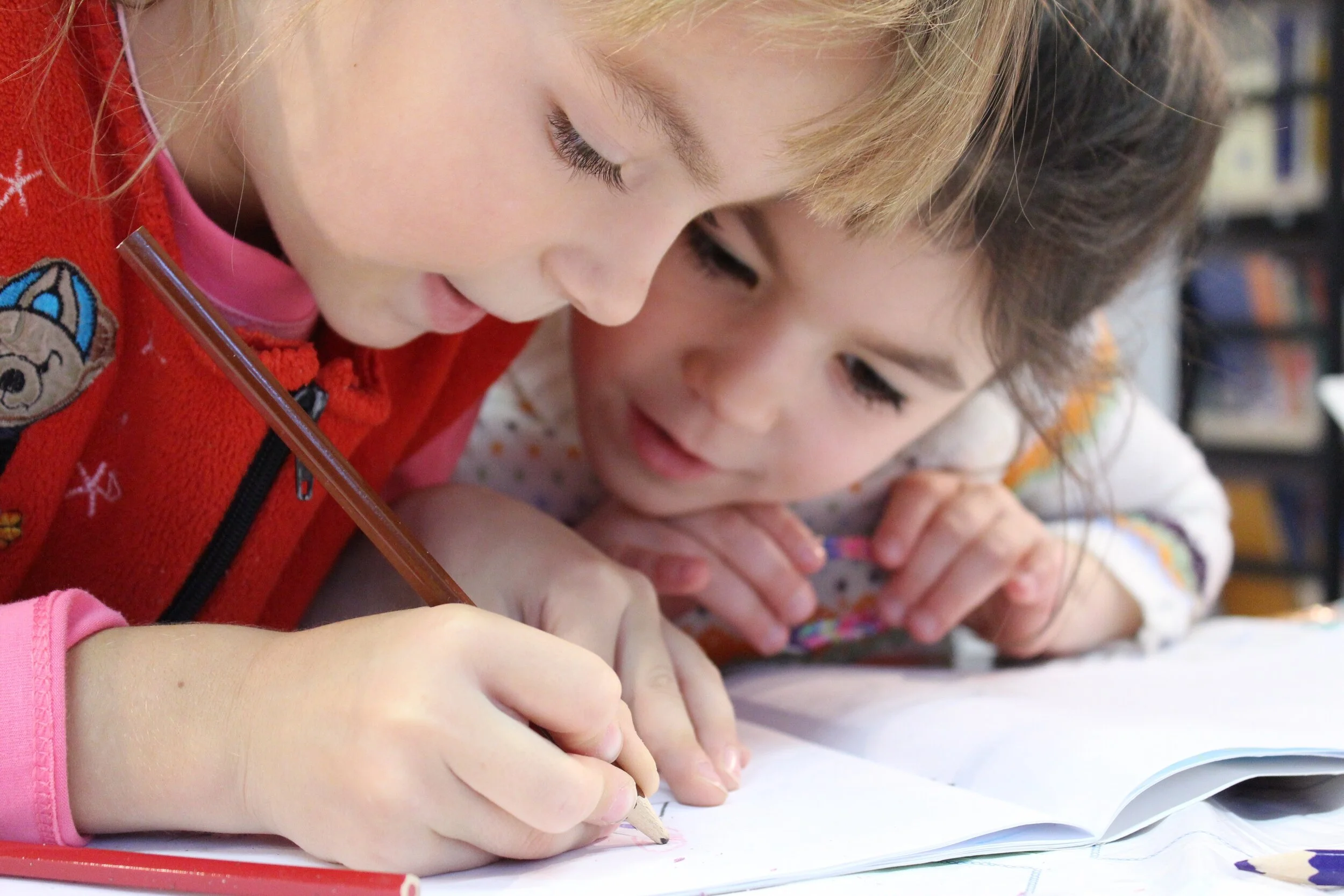Keeping Yourself Happy, Healthy and Sane When Homeschooling Your Kids
/Small business owners, freelance journalists, nail technicians, graphic designers, hairdressers, titans of industry; many of you have something in common. Yes, apart from the fact that you’re all talented, vigorous, and go-getting self-starters. Many of you are also temporary teachers.
As tens of millions of households all over the world go into self-isolation, many schools are either closing their doors completely or admitting only the children of key workers like healthcare workers (and, of course, teachers). As a result, many of you may find yourself educating your kids from home as well as keeping them safe, well, happy and healthy. What’s more, many are coming to realize just what a challenge that is.
The coming weeks or months may prove one of the biggest and most stressful challenges you’ve ever faced, especially since the current international climate of fear and panic is likely to impact on the kids’ behavior. With that in mind, here are some tips to help keep you happy, healthy and in full possession of your sanity while you home-parent-school your little ones...
Treat this as your job
You’re a professional. So now’s the time to bring all the professionalism you can muster to your new calling. Who knows, you might realize that you’re actually really good at it, and start looking into a masters of leadership in education to propel yourself to new career heights. As you spend more time homeschooling, you’ll learn the planning, time management, behavior management, and coping strategies that are the teacher’s arsenal. However invested you are in your current career or your business, you might find that this new opportunity takes you on a new and unforeseen but incredibly rewarding career path.
Even if you decide that you’d much rather return to your career or business once this is all over, the task of educating your kids still requires the kind of professional and considered approach with which you treat all your endeavors. As such;
Assign a space in your home that will serve as your temporary classroom.
Gather whatever online resources you need from your kids’ teachers as well as general learning resources. Don’t go overboard! You don’t want to drown in information. Just make sure that you have everything you need to plan your lessons week by week.
Establish set hours for each school day.
Familiarize yourself with any visual aids like PowerPoint presentations, videos, etc. which will help you to deliver information effectively in your teaching.
Come up with an idea for a rewards system that your kids will find meaningful. Rewarding achievement is imperative to keep the kids motivated. Just make sure you reserve treats for special achievements rather than particularly adorable smiles.
Understand their learning and emotional needs
These are scary and stressful times for all of us. And your children will pick up on your stress and anxiety. Because children don’t know how to process complex emotions, they may manifest in behavioral issues like acting out or fighting/arguing with their siblings. As important as it is to be familiar with how your kids learn, the information they struggle to retain, and subjects that they find it easy or hard to engage with, you also need to consider their emotional needs at this very difficult time. You’ll need to manage a tricky balance between providing a teacher’s discipline and professionalism and a parent’s love.
Make sure you’re a good student
A good teacher also needs to be a good student. As tempting as it may be to tailor your child’s curriculum to your areas of knowledge and expertise, you’ll need to become a true autodidact if you’re to deliver the kind of holistic and well-rounded education your little ones deserve. Thank goodness we live in the online age where there’s so much information out there to support your learning.
Split the “school day” into 35-45 minute lessons
Pacing is extremely important. Young minds will quickly fatigue if faced with 6 straight hours of learning. Their day needs to be compartmentalized so that they come to each subject covered with a fresh and rested mind. As such, you should consider splitting your learning day into 35-45 minute lessons with a 5-10 minute break in between. During this time they can go to the bathroom or get their equipment ready for their new lesson According to the Times Educational Supplement, 35 minutes is the optimal lesson time to help kids absorb information without their minds becoming overtaxed or exhausted. Teaching a tired mind is a waste of your time and theirs.
Incidentally, make sure that one of your daily lessons is some form of physical education or sport. No, letting them run riot in the garden doesn’t count. Fear not, however, there are lots of great YouTube videos that give your kids a great PE lesson while also affording you the chance to enjoy a coffee while you shout encouragement.
Plan at least two breaks every day
As well as short breaks between lessons, you should also include two meaningful breaks. Here, kids can take a few minutes in the garden, play video games or do whatever helps them to relax and unwind. While discipline is important when homeschooling, stressed and overworked minds can create a wealth of problems for homeschooling parents.
Healthy meals… they’re non-negotiable!
A healthy diet is absolutely essential to keep the body and mind fueled, reduce behavioural issues caused by an overload of sugar, and help keep your kids (and yourself) healthy and happy. That means more plants and less processed foods, especially since many of us are likely to get a lot more sedentary over the coming weeks. Fresh fruit and veggies are the gold standards, but if supply chains near you are problematic, canned or frozen foods should also be fine. Just try and limit processed foods, take out and anything that might contain hidden sugars.
Tailor learning and resources to your kids’ needs
Finally, you’ll no doubt have already received more resources, lesson plans, and fact sheets from your kids’ school than you know what to do with. Take a little time to make sure they’re tailored to your kids’ needs. If you know your kids are visual learners, try and jazz up resources to make them more visually dynamic and interesting. If they learn better from kinaesthetic activity, try to plan movements or physical activities that will help them to consolidate their learning.
You know your kids better than anyone. With a little hard work and planning, you might just be the best teacher they ever had!


